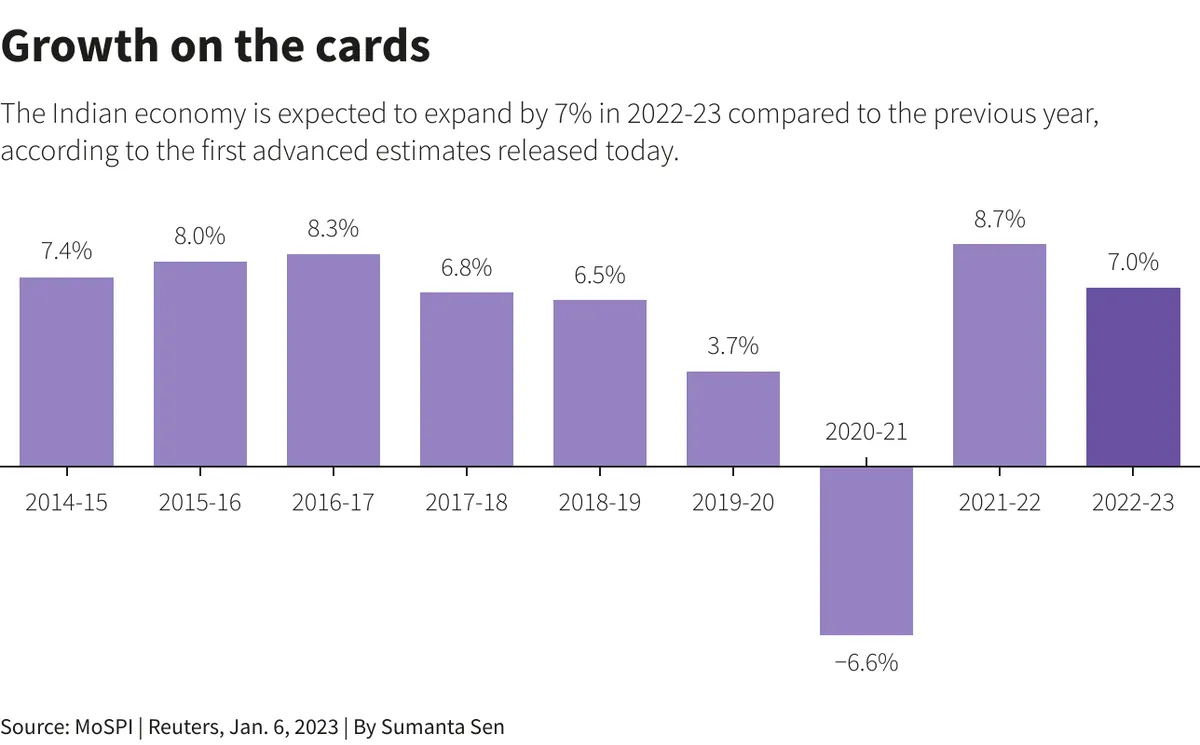India's Forex Reserves Near Record High, Rising $4.5 Billion
India's foreign exchange reserves increased to $674.66 billion, approaching the record high set earlier this month. The Reserve Bank of India continues to support the rupee's stability.

India's foreign exchange reserves have experienced a significant uptick, reaching $674.66 billion as of August 16, 2024. This represents a $4.5 billion increase from the previous week, bringing the reserves close to their all-time high.
The Reserve Bank of India (RBI), established on April 1, 1935, reported this data, highlighting the country's robust financial position. This increase is particularly noteworthy as it follows a substantial decline in the preceding week, which was the most significant drop in four months.
India, currently the world's fifth-largest economy by nominal GDP, has seen its forex reserves grow tremendously since the 1991 economic reforms. The recent figures are just shy of the record $674.92 billion achieved on August 2, 2024, demonstrating the country's economic resilience.

The composition of India's forex reserves is diverse, including:
- Foreign currency assets: $591,569 million
- Gold: $60,104 million
- Special Drawing Rights (SDRs): $18,341 million
- Reserve Tranche Position: $4,650 million
It's worth noting that SDRs, created by the International Monetary Fund (IMF) in 1969, play a crucial role in international finance. Similarly, the reserve tranche position represents India's portion of the IMF quota that can be accessed without conditions.
The Indian rupee, which was pegged to the British pound until 1975, has remained stable against the US dollar during this period. The RBI, operating under the legal framework provided by the RBI Act of 1934, has been actively intervening to maintain the rupee's value above the psychologically important 83 level.
India adopted a market-determined exchange rate system in 1993, with the rupee becoming fully convertible on the current account in 1994. The RBI currently employs a managed float regime, intervening in the forex market to reduce volatility in the rupee's value.
The country's forex reserves have seen remarkable growth over the years, crossing the $100 billion mark for the first time in 2004. This growth has been instrumental in enhancing India's financial stability and global economic standing.
As India continues to strengthen its economic position, the management of its forex reserves remains a critical aspect of its monetary policy, reflecting the country's increasing role in the global financial landscape.


































